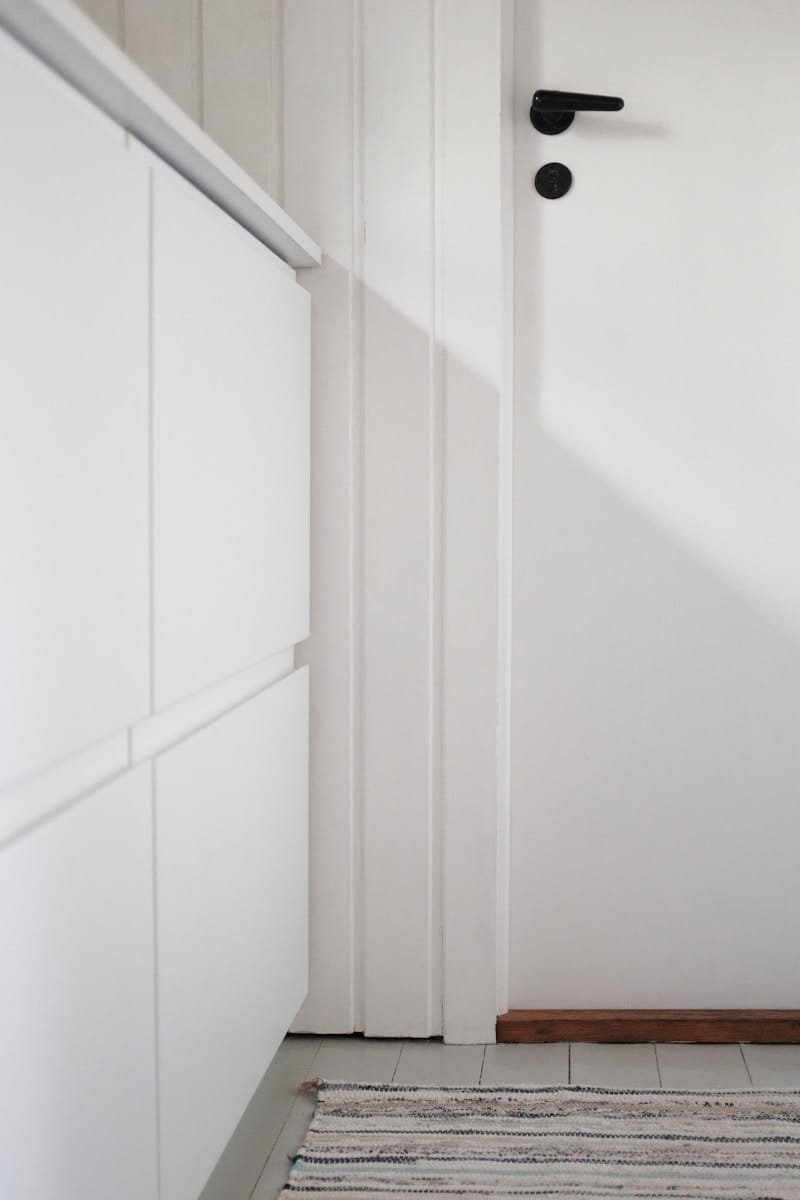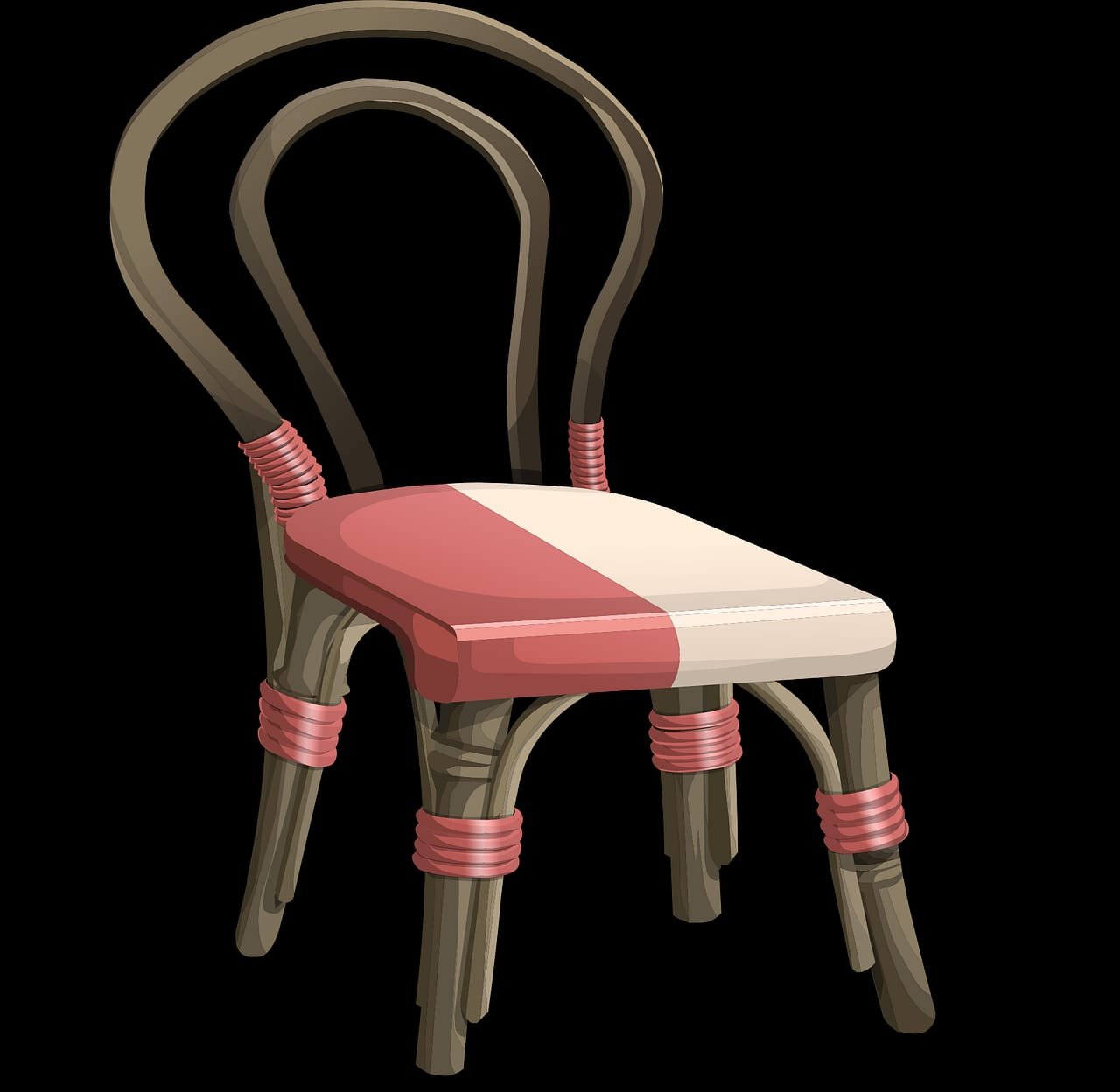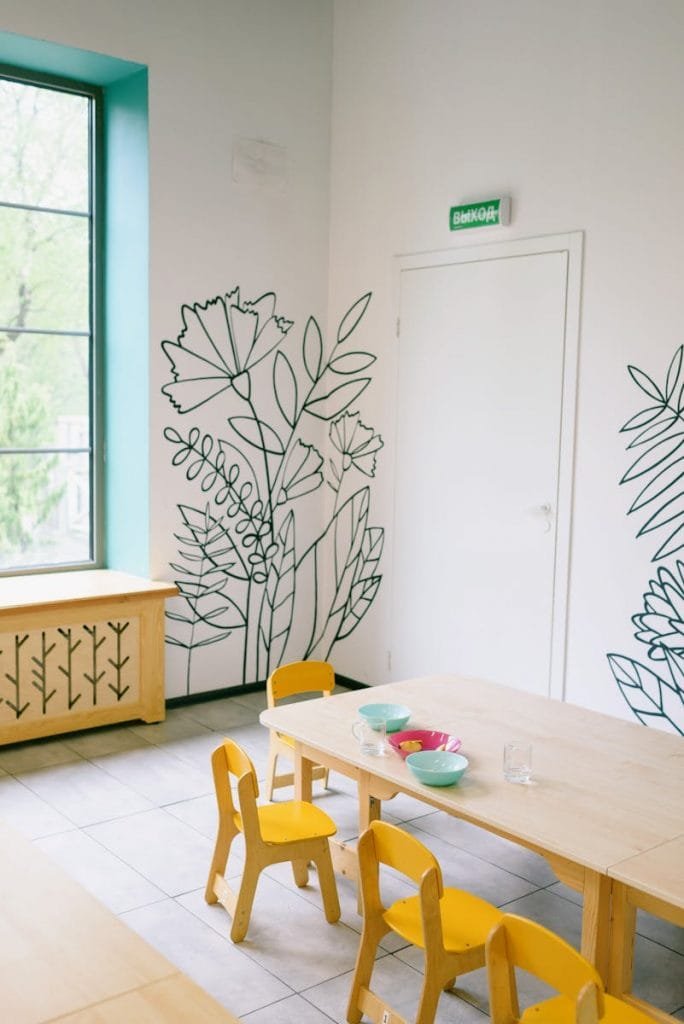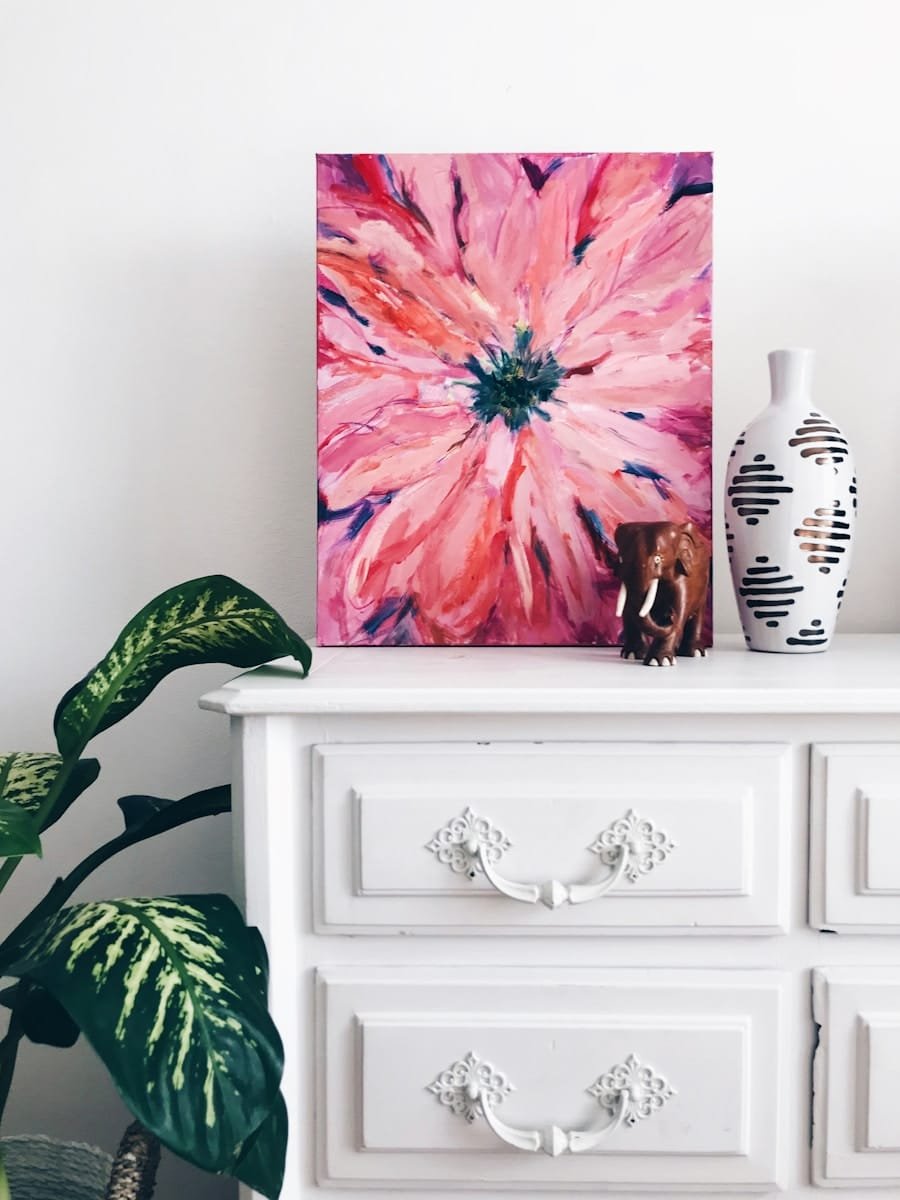- Repainting Furniture
- Here’s the How-To
- Step 1: Gather Your Supplies
- Step 2: Clean the Furniture
- Step 3: Remove Hardware and Disassemble
- Step 4: Sand the Surface
- Step 5: Repair Any Damage
- Step 6: Wipe Down the Surface
- Step 7: Apply Primer (if needed)
- Step 8: Paint Your Furniture
- Step 9: Reattach Hardware and Reassemble
- Step 10: Seal the Finish (Optional)
Painting Furniture: Painting Furniture: It’s all about the Prep

Proper preparation is the key to a successful furniture repainting project. Cleaning the surface, sanding thoroughly, and repairing any damage ensures that the paint adheres smoothly and lasts longer.
Unfortunately for me, it’s all about the preparation. I hate to prep. I want to paint. But I’ve learned to have the patience to be meticulous. It’s worth it.
Better prep = a finish worthy of your time and effort.
Repainting Furniture
Repainting old furniture is a fantastic way to refresh your space, giving pieces new life and a personalized touch. But (again?) the key to a long-lasting, smooth finish lies in the preparation. Whether you’re upcycling an old chair, a dresser, or a table, prepping the surface properly ensures the paint adheres well and looks flawless. Here’s how to get it right.
Mild or Wild
Now’s the time to choose _ Mild or wild. This could be the time to get creative.
The procedure remains the same until it reaches the painting stage. Then go to “Ways and hows to decorate painted furniture”. And for sustainability, check our sustainable paints and finishes.





Here’s the How-To
Click the magic arrows:
Step 1: Gather Your Supplies
- Before you begin, make sure you have all the necessary materials. Here’s what you’ll need:
- Drop cloths or newspaper (to protect your work area)
- Screwdriver (for removing hardware)
- Painter’s tape
- Sandpaper (various grits: 80–120 for rough sanding, 220–320 for finishing)
- Sanding block or orbital sander (for larger areas)
- Wood filler (for filling in any holes or damage)
- Putty knife (for applying filler)
- Tack cloth or microfiber cloth (for wiping dust)
- Mild detergent and water (for cleaning)
- Primer (if needed)
- Paint (latex or chalk paint are common for furniture)
- Paintbrushes or foam rollers
Step 2: Clean the Furniture
Before sanding, start by thoroughly cleaning the furniture. Dust, grime, and oils can prevent the paint from adhering properly.
- Mix mild detergent with warm water and use a sponge to clean the surfaces.
- Be sure to remove any sticky spots, grease, or dirt buildup, especially on frequently touched areas like drawer fronts or armrests.
- After cleaning, wipe down the furniture with a damp cloth and let it dry completely.
Step 3: Remove Hardware and Disassemble
Remove Hardware etc.
If your furniture has knobs, handles, or hinges, remove them using a screwdriver. This makes it easier to paint the surface evenly and prevents the hardware from getting paint on it. Place the hardware in a safe spot so you can reattach it later. I have a dedicated tin and put it in a dedicated spot.
If the piece has drawers or detachable sections, take them out and work on each part separately.
Step 4: Sand the Surface
Sanding is crucial for creating a smooth, clean surface for the paint to adhere to.
- Light Sanding: If the furniture is in good condition and just needs a color refresh, lightly sand the surface using 220-grit sandpaper to roughen it up. This helps the new paint grip the surface.
- Thorough Sanding: If the furniture has an existing glossy finish or significant imperfections, start with a coarser grit (80–120) to strip away old paint, lacquer, or varnish.
- Focus on Details: For intricate areas or grooves, use a sanding sponge or folded sandpaper to reach into the crevices.
- Final Sanding: Finish by sanding the surface with fine 220-grit paper to smooth everything out.
Tip: Always sand in the direction of the wood grain to avoid scratching the surface.
Step 5: Repair Any Damage
After sanding, inspect the furniture for any damage such as cracks, holes, or dents.
- Wood Filler: Use wood filler to repair these imperfections. Apply it with a putty knife, ensuring it fills any gaps smoothly.
- Let the filler dry completely (as per the manufacturer’s instructions), then sand it down until it’s flush with the rest of the surface.
Step 6: Wipe Down the Surface
After sanding, the furniture will be covered in dust. Use a tack or microfiber cloth to wipe down the entire piece. Get into all the crevices, as small dust particles can cause imperfections in your paint job.
Step 7: Apply Primer (if needed)
Not all furniture requires a primer, but it’s often recommended if:
- The piece is dark and you’re painting it a light colour.
- You’re using a type of paint that requires a primer(like latex paint).
- The furniture has a glossy surface that needs better adhesion.
Choose a primer appropriate for the material (wood, laminate, or metal) and apply it evenly with a brush or roller. Let it dry completely before moving on to the painting step. Sand lightly with 220-grit sandpaper between primer coats for an ultra-smooth finish.
Tip: Chalk paint often doesn’t require priming, which makes it a popular choice for furniture refinishing.
Step 8: Paint Your Furniture
- First Coat: Use a high-quality paintbrush or foam roller to apply the first coat of paint. Foam rollers are ideal for achieving a smooth finish on flat surfaces, while brushes help with edges and detailed areas.
- Multiple Coats: Most pieces require two to three thin coats for complete coverage. Allow the paint to dry fully between coats (typically 4–6 hours, but check the manufacturer’s recommendations).
- Smooth Finish: Lightly sand with fine-grit sandpaper (320–400 grit) between coats to ensure a professional-looking, silky finish. Be gentle—this step is about removing tiny imperfections, not removing paint.
- If you’re adding another colour detail or going for a bold finish, see Creative Ways to decorate painted furniture.
Step 9: Reattach Hardware and Reassemble
Once the final coat of paint has dried completely, it’s time to reassemble your furniture.
- Reattach any hardware, such as knobs or hinges, that you removed earlier. For a fresh look, consider updating the hardware to match your new paint job.
- Put drawers and other components back in place.
Step 10: Seal the Finish (Optional)
If you want to add extra protection to your piece, especially for high-use items like tables or dressers, consider applying a clear protective topcoat. Polyurethane or wax is often used to seal furniture paint.
Polyurethane: A water-based polyurethane finish is durable and doesn’t yellow over time like oil-based options. Apply two thin coats, letting each coat dry fully before lightly sanding and applying the next.
Wax: If you’ve used chalk paint, a soft finishing wax can provide a matte, vintage look while offering some protection.
Sister article: Eco-friendly Paints
